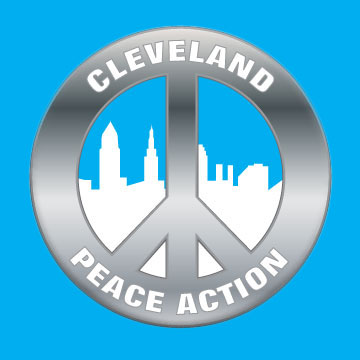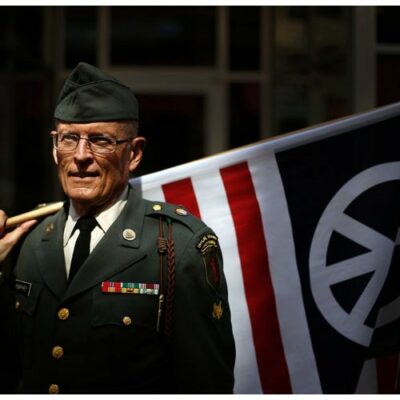Today marks the the 50th anniversary of the four-hour massacre at My Lai in Quang Ngai Province South Vietnam in which about 115 U.S. Army soldiers in the Americal Division killed 173 children, 56 of them being infants, 182 women, with 17 of them being pregnant. Also slain were 60 older gentlemen.
In last spring’s edition of The Veteran, a publication produced by Vietnam Veterans Against the War, Mike Hastie, who was an army medic in Vietnam’s Central Highlands (1970-71) and the son of a career army officer and World War II combat veteran in North Africa, wrote, “our taxes paid for the massacre and our ignorance about the war wrote the check.” (Hastie is a member of Chapter 72 of Veterans for Peace, based at a Portland, Oregon church.)
Also on this date 50 years ago U.S. soldiers from the same division murdered 97 Vietnamese civilians about a mile from My Lai in My Khe, as noted in the My Lai Museum, according to Hastie. He said U.S. soldiers committed 20 rapes of Vietnamese women, not including attempted rapes.
Hastie wrote, however, some soldiers were repulsed and sickened by the horrific bloodbath perpetrated by their fellow soldiers. He reported that Larry Colburn, who had been a door gunner on a helicopter that landed in the midst of the massacre and tried to stop the unbridled killing, said, “The only thing the U.S. soldiers did not do was cook them and eat them.”
“Brutality was S.O.P. (Standard Operating Procedure),” during the Vietnam War, wrote Hastie. “Scalded children, pistol-whipped women, burning hooches, free-fire zones, indiscriminate bombing and harassment fire, villages in ash, M-60 machine guns hosing down dark green tree lines and human life behind them.”
In his article, Hastie wrote of “An enemy that was both of and among the population.” (Sound familiar? Today’s terrorist organizations based in the Middle East have successfully adopted the same civilian-clothes strategy that worked so well for the Viet Cong in South Vietnam.)
In perusing historical documents for his article, Hastie wrote that “So much of the research is heart wrenching, especially when you watch video of Vietnamese grieving the loss of loved ones. The shame you feel is gut wrenching.” In his piece Hastie noted he is 72 and during his lifetime “the United States has bombed 30 countries. The atrocities have never stopped.”
Hastie said, “When I came back from Vietnam I finally had to face the truth, that I was the enemy in Vietnam. And whenever I tried to convince people that we were the barbarians in Vietnam, the more people avoided me. People don’t want to hear that toxic truth because I was violating the existing beliefs of society.”
Hastie told of visiting Vietnam in 1994 and again last year, with a special focus on traveling to the My Lai massacre site. He met a Vietnamese woman who asked Hastie if he would be interested in meeting one of the few survivors of the slaughter. She introduced him to Pham Thanh Cong who was just 11 years old at the time of the massacre. He told Hastie an American solider had tossed a grenade into his family’s hut that killed his mother, six-year-old brother and three sisters. Their bodies protected Pham when the grenade exploded, although he did suffer three wounds.
With the aid of an interpreter, the two men chatted for about 10 minutes. When Hastie noticed the man’s eyes begin to redden and tears well up, he changed the subject. Hastie was unsure about how to part ways with the massacre survivor but “in the end, I kissed him on the cheek and told him I loved him.”


